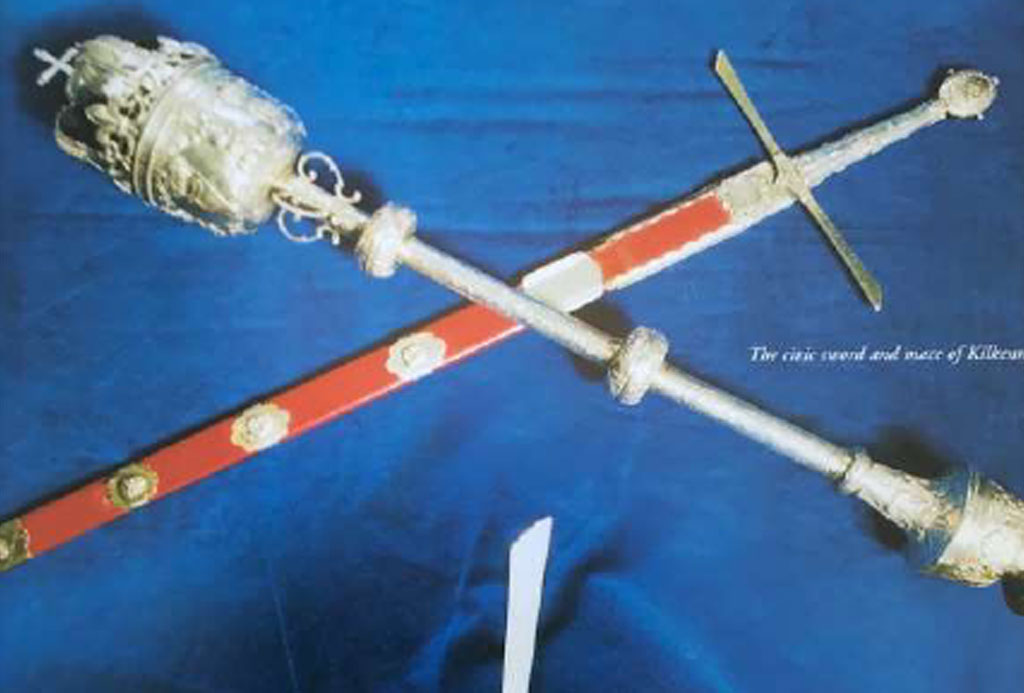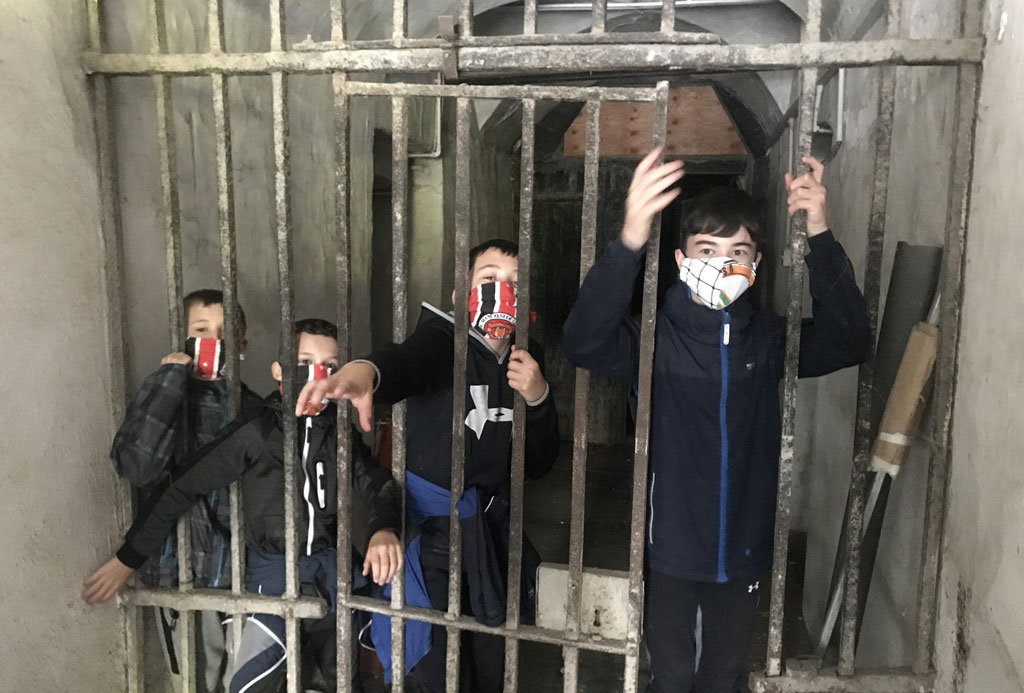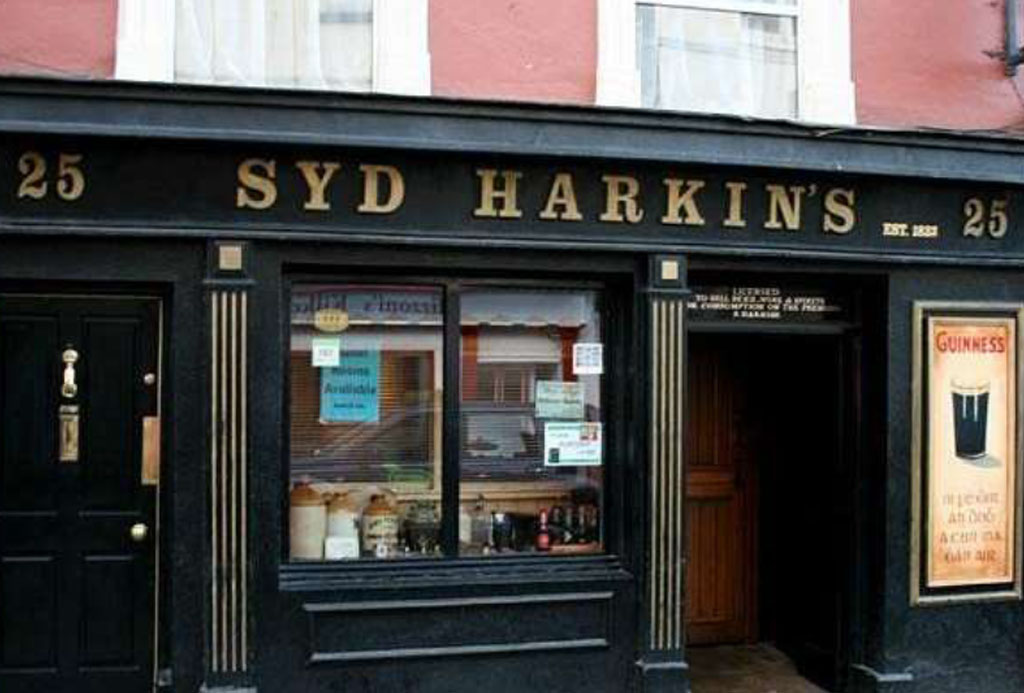Kilkenny holds many of the fine records which were donated to the Kilkenny City Council over the years. The archives include nine books of records which belong to the Old Corporation.
The Liber primus which begins in the year 1230 and ending in the year 1538.
The White Book begins in 1656 ending in 1687.
The Clasped Book begins in the reign of William III ending in 1717.
The Mace
In 1672, a proposal was made by the Common Council that a city mace be provided for the city. It is of excellent workmanship, and the silver of which it is composed shows us that it was originally gilt.
The Sword:
The Sword is a fine article and the handle is of silver and tracery shows it to be about the time of King James 1st in 1609, when the great Royal Charter was presented to the city by King James 1st.
The Chain:
The chain was presented to the Corporation in 1884 by Mr. Joseph Greene who was the Mayor of the city that year. The chain is made of brass adorned with a wash of superior metal.



